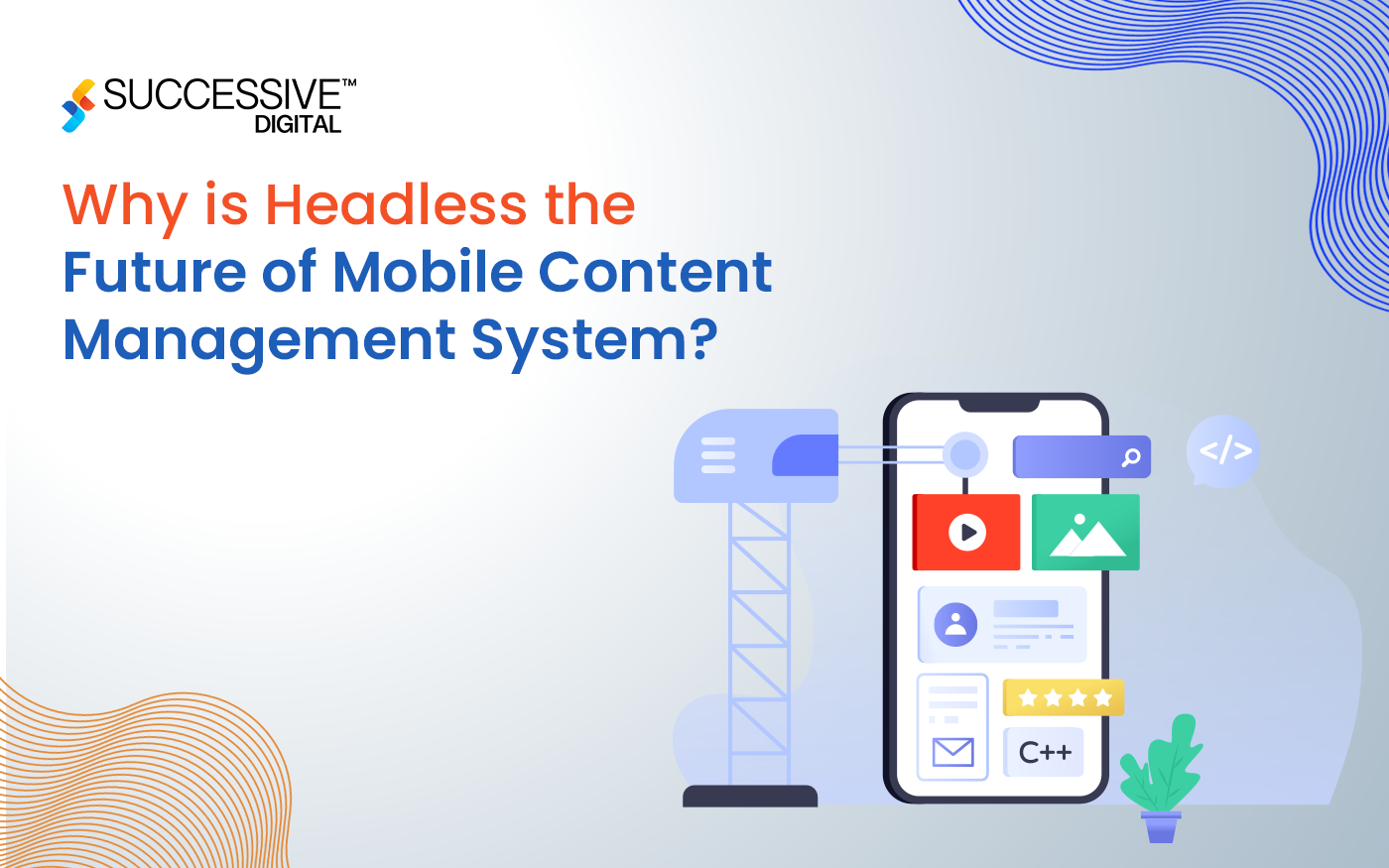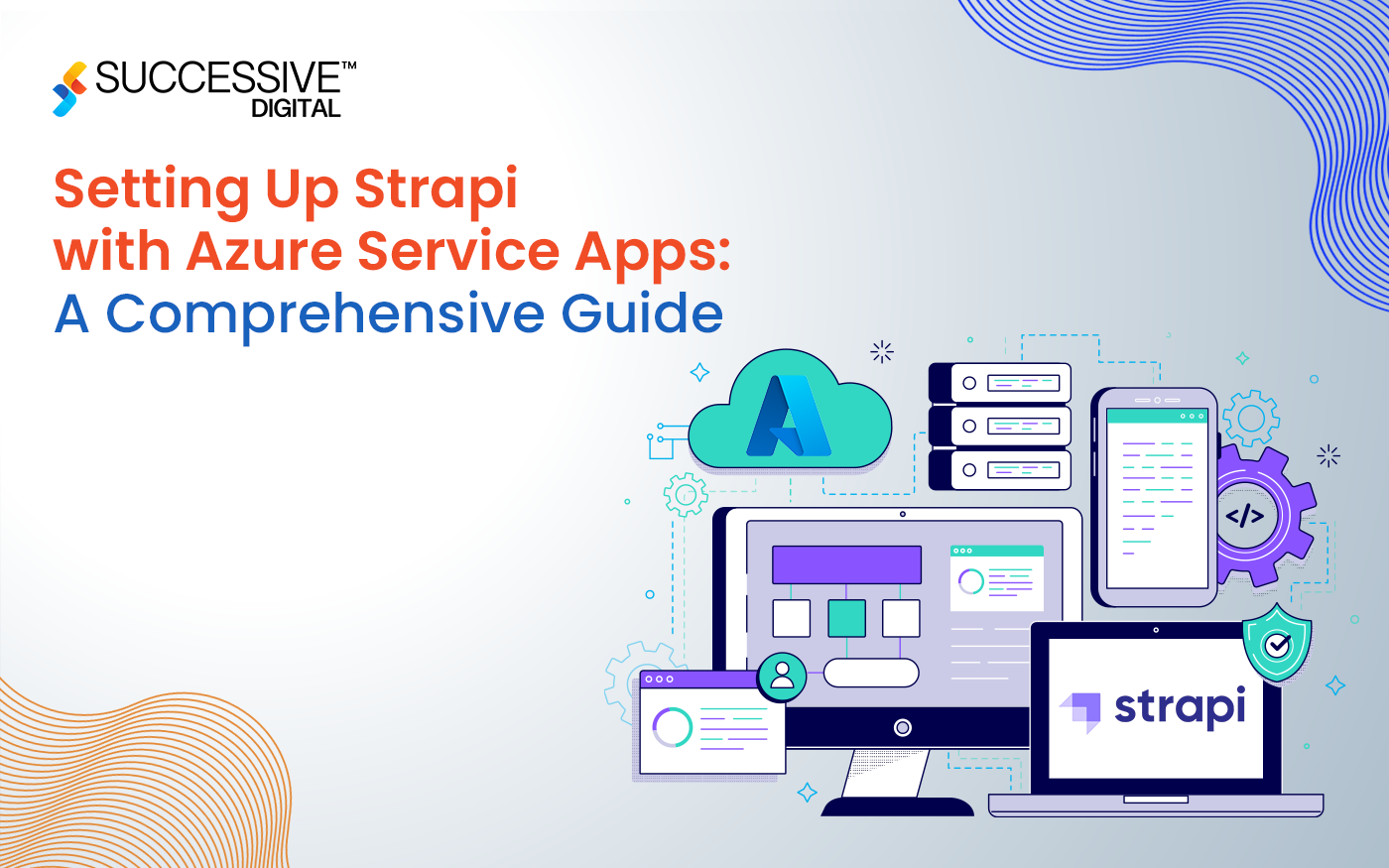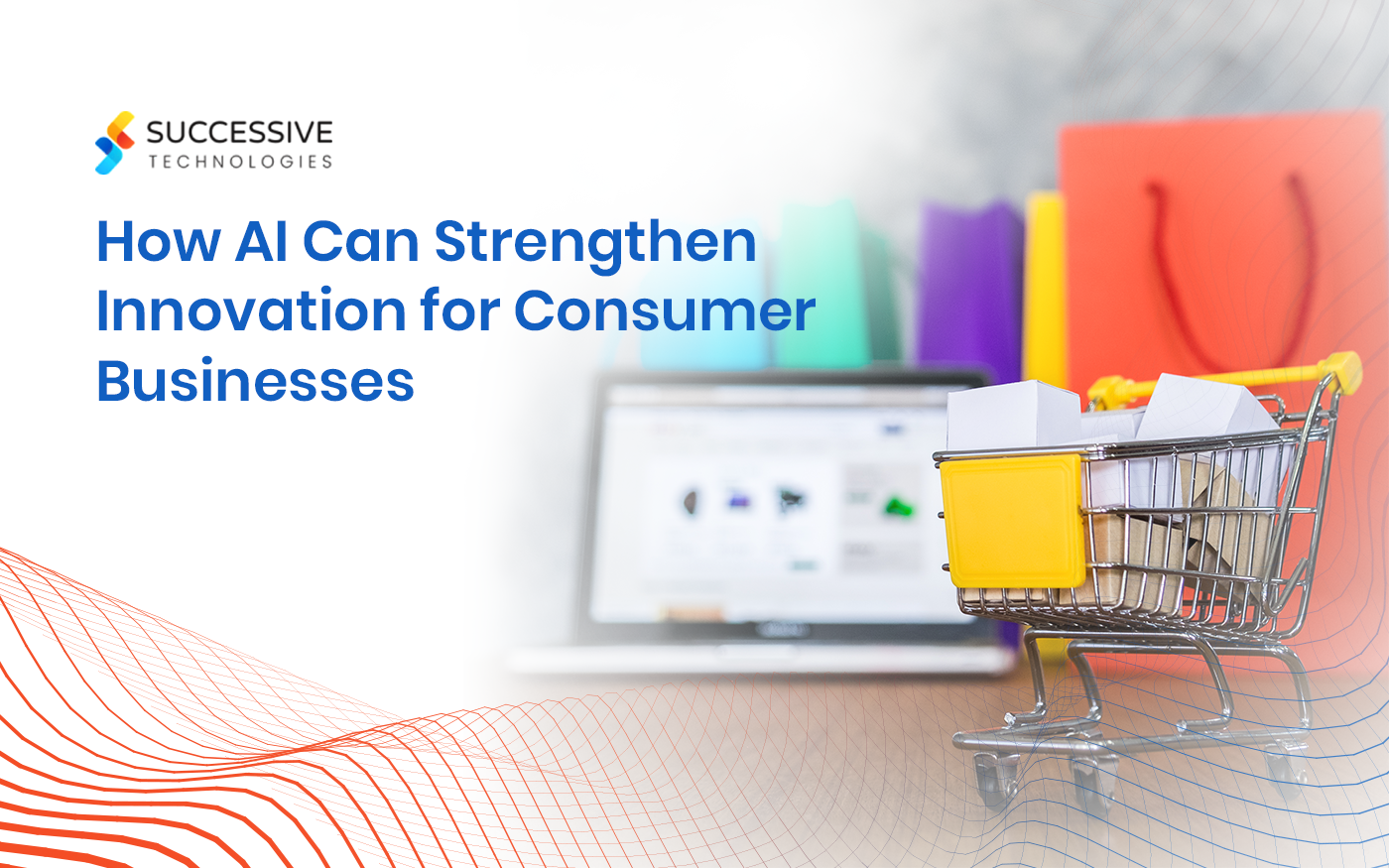In the world of customer experience eCommerce, increased customer experience is a sign of success. As digital landscapes evolve and consumer expectations leap, companies must use flexible ways to communicate and delight their target audiences. This is where the transformational power of customer experience enhancement technology comes to the fore, promising to change the way brands interact with their customers.
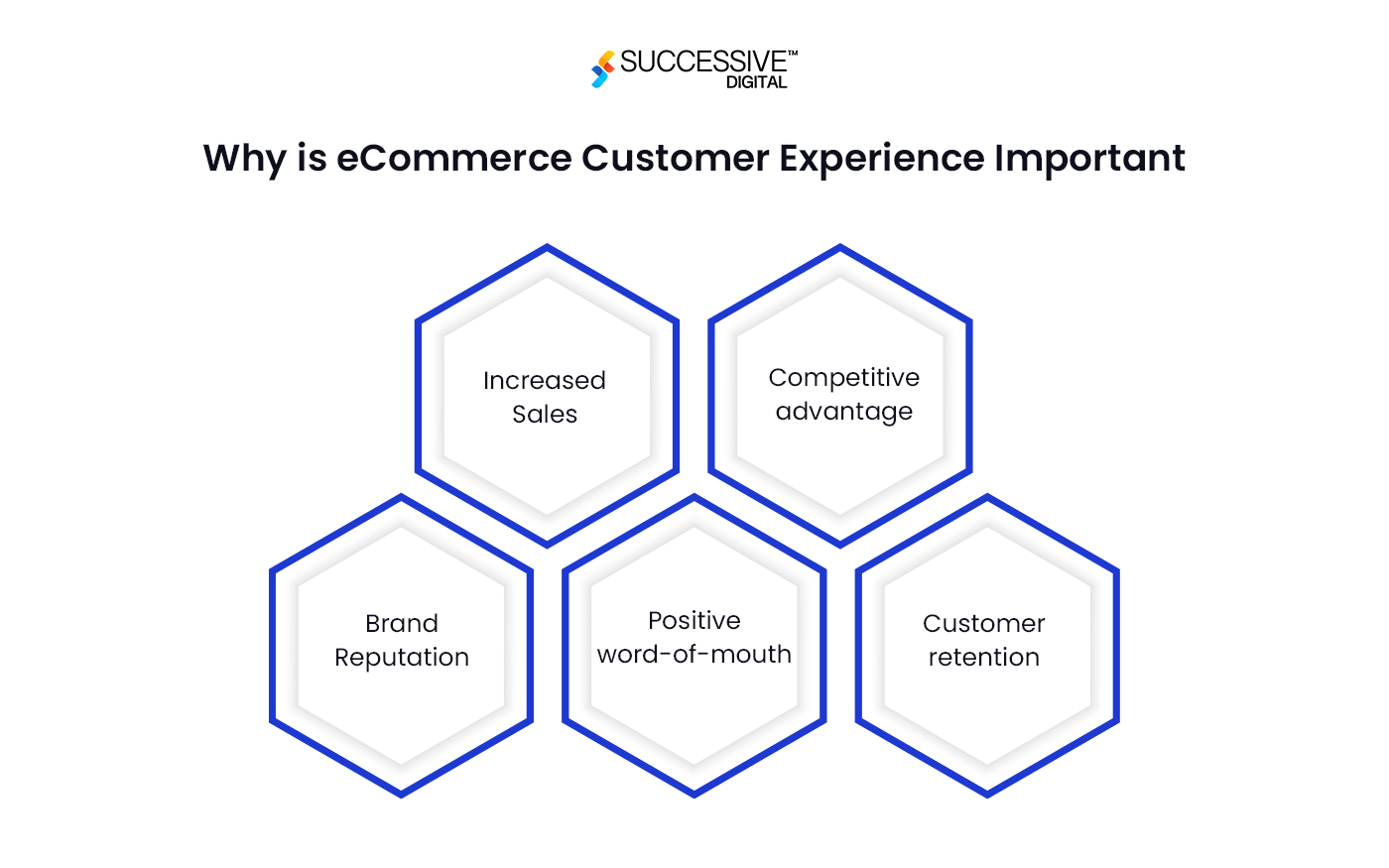
With ever-changing consumer preferences and market evolution, companies are venturing into uncharted territories, using modern technology. It helps them to create immersive and personalized experiences that are easily consistent with their target audience. With this blog, let’s navigate the evolving eCommerce landscape, where innovation knows no boundaries and, ideally, customer experience reigns supreme.
Exploring Cutting-Edge eCommerce Technologies:
Augmented Reality (AR) and Virtual Reality (VR):
- AR and VR technologies are adopted widely in eCommerce, enabling enhanced eCommerce shopping experience for consumers to visualize merchandise in 3-D, test it as it looks in physical condition, and experience an immersive shopping environment from the comfort of their homes.
- Virtual showrooms and pre-purchase trial surveys enhance consumer confidence and reduce purchase hesitation, notably resulting in increased customer experience and reduced return costs.
- AR-powered applications and eCommerce tools allow consumers to preview home décor, furniture, and fashion items in their local area, making it easier to do intelligent shopping decisions.
Voice Commerce:
- Voice-activated shopping assistants are ways to improve customer experience, including Amazon Alexa and Google Assistant, which allow shoppers to shop, reorder, and test orders for popularity using natural language prompts.
- Voice commerce streamlines the buying process, making it faster, easier, and less fingerprinting for consumers, especially in situations where it is impractical to book or browse.
- The combination of smart home devices and IoT technologies has opened new opportunities for voice commerce, enabling simple, informed purchases.
Prediction Analytics:
- Predictive analytics tools analyze historical data and consumer behavior to predict future trends, demand patterns, and purchase choices.
- By first understanding the customer’s intent and preferences, companies can anticipate customer desires, optimize services, and communicate with customers with relevant information and recommendations.
- Predictive analytics incorporates inventory management and pricing techniques and offers supply chain optimization, ensuring companies can handle peak customer demand efficiently and effectively.
Artificial Intelligence (AI) and Machine Learning:
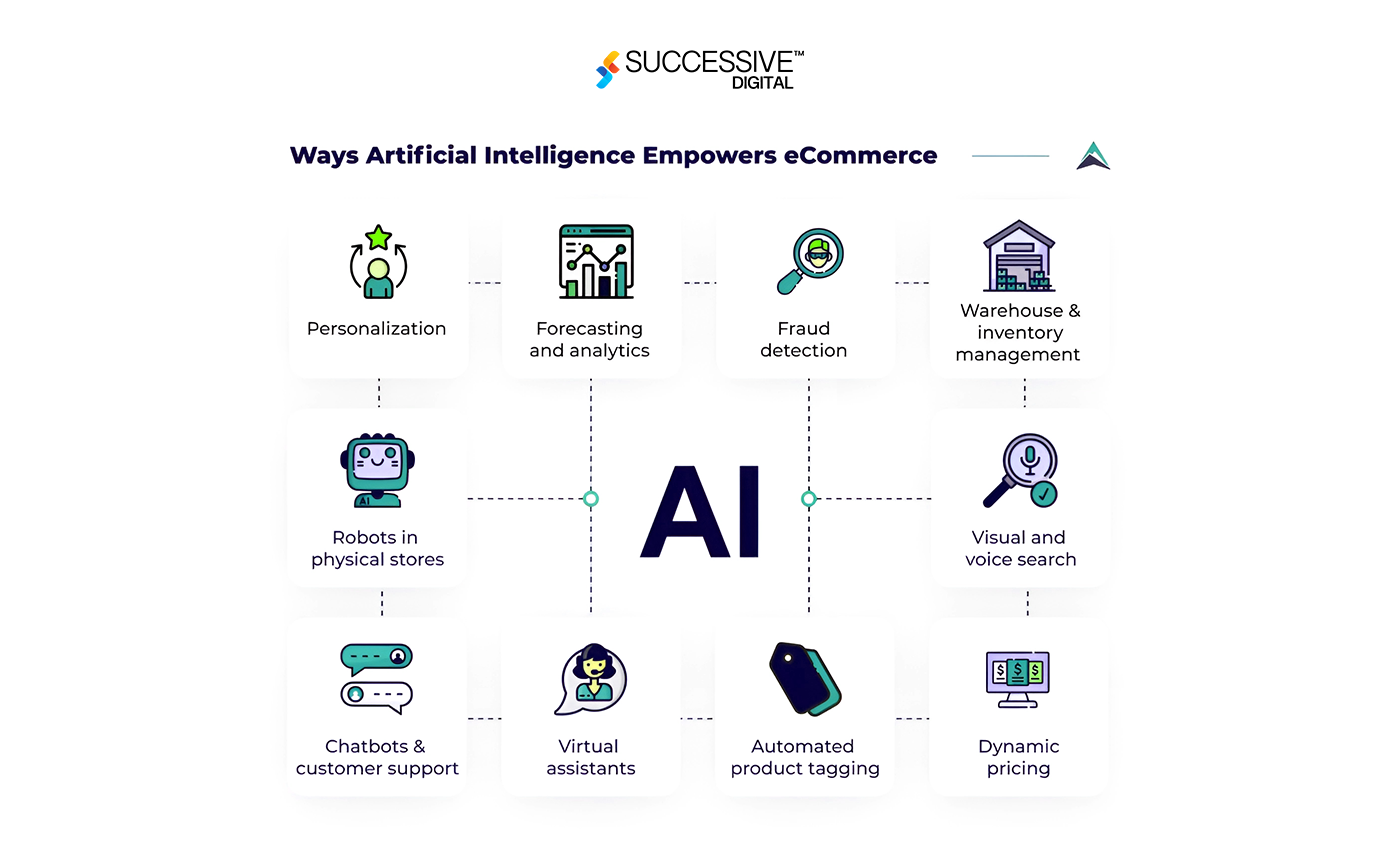
- AI and ML algorithms enable eCommerce customer experience analysis of large amounts of customer data for customized product recommendations, personalized advertising messages, and predictive insights.
- Operated with the help of AI, chatbots provide real-time customer service, answering questions, solving problems, and guiding customers through the buying process.
- AI-powered search algorithms improve product discovery and relevance, improving customer happiness throughout shopping.
Impact on Customer Journeys:
Personalization:
- Advanced eCommerce technologies enable personalized customer experience in eCommerce tailored to target audiences, demographics, and user behaviors.
- Personalized product recommendations, targeted advertising, and offers create a sense of relevance and connection, leading to customer engagement and loyalty.
- By delivering tailored experiences at every touch point in the customer journey, teams can develop deeper customer relationships and gain lifetime value.
Convenience:
- Advanced eCommerce customer experience analysis technology streamlines the buying process, making it faster, easier, and more convenient for consumers to find and buy products.
- Features include one-time checkout, stored payment methods, and automatic reordering, which reduce friction, simplify the checkout process, and deliver a better retention rate.
- Mobile commerce and system responsiveness ensure customers can connect to brands anytime, anywhere, across devices, making their shopping journey seamless and convenient.
Immersion:
- Combined with AR and VR, immersive eCommerce technologies provide ways to improve customer experience and create memorable and engaging shopping experiences that capture consumer interest and imagination.
- Virtual trial courses, interactive product displays, and digital showrooms allow consumers to explore merchandise in a premium package, increasing their knowledge and confidence in purchasing.
- By offering immersive concepts beyond traditional eCommerce interfaces, companies can differentiate themselves, stand out in crowded markets, and leave an impact on consumers forever.
Case Studies:
Sephora:
- Global beauty bard Sephora has released a Virtual Artist app that uses AR technology to allow customers to try on makeup virtually.
- By enabling customers to try on specific products and have them pop up in real time, Sephora enhances the shopping experience, increases engagement, and drives high revenue flow.
Warby Parker:
- Warby Parker, an eyewear retailer, offers a virtual reality service on its online website and mobile app, allowing customers to use AR technology to see what eyeglasses look like on their faces.
- By providing a consistent and immersive pre-purchase tasting experience, Warby Parker reduces consumer uncertainty, increases confidence in choices, and reduces frequent returns.
Amazon:
- Amazon’s AI-powered recommendation engine analyzes customer surfing and shopping records to provide tailored product recommendations.
- By leveraging AI to deliver relevant and timely recommendations, Amazon increases customer engagement, increases repeat purchases, and creates customer lifetime value.
Addressing Challenges for Improved Experiences:
As companies harness the power of the best eCommerce technologies to embellish customer experience, they also have to navigate myriad complex situations to ensure the best comes to them. Data privacy and security issues are significant challenges when collecting and using consumer data for business purposes. To mitigate threats, businesses must link customer data with strong information security measures of encryption, accessibility, and compliance with guidelines such as GDPR.
Complex integration creates an additional hurdle, blocking ways to improve customer experience, as seamlessly integrating promising technologies into existing systems and processes can be difficult and time-consuming. To succeed in this mission, teams must invest well in full integration frameworks, utilize application programming interfaces (APIs), and middleware responses to ensure clean communication and interoperability across platforms and channels. This better facilitates the ongoing integration process and enables companies to unleash the full potential of the best eCommerce shopping experience.
Accessibility and inclusion represent other challenging circumstances, particularly with technologies such as augmented reality (AR) and virtual reality (VR), which can create additional barriers for clients with disabilities or who are denied access to the technology.
To address these challenges, companies must prioritize accessibility measures including display screen reader compatibility, multiple communication channels, and inclusive design concepts, ensuring that every customer can fully participate in and benefit from digital stores. By embracing inclusivity, businesses can find new ways to improve customer experience with enhanced accessibility of their eCommerce platforms and make sure that each customer feels valued and empowered in their interactions with the platform.
The Way Forward
Advanced eCommerce shopping experience technologies transform prospects into customers with increased personalization, convenience, and immersive experience throughout the customer’s journey.
By leveraging AI, AR, VR, and predictive analytics, companies can create memorable and long-lasting shopping experiences that capture better engagement, loyalty, and revenue for business growth. However, challenges related to information privacy, stringent integration complexities, and accessibility are necessary to ensure that customer experience in eCommerce provides inclusive and uniform delight for all users. As the global eCommerce space scales, organizations must innovate and stay competitive while investing in the best technology and meet their customers’ changing needs and expectations.









